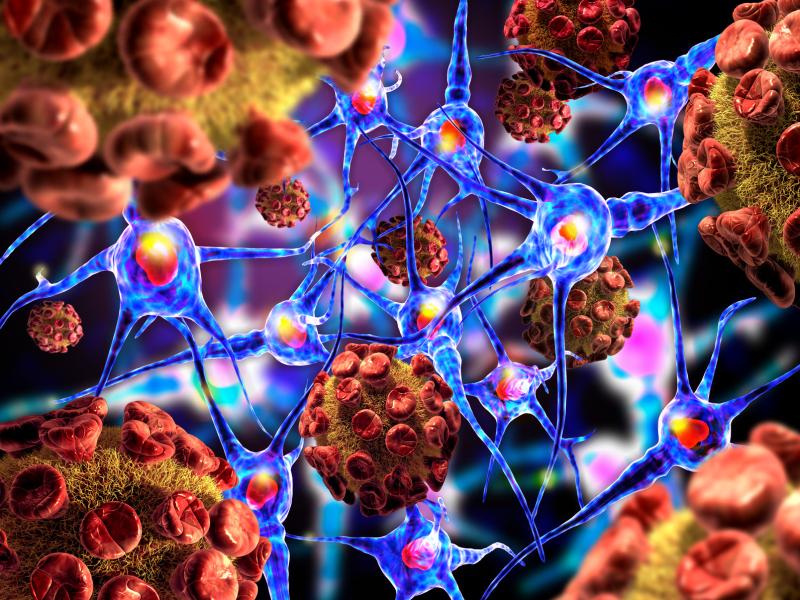
Use of lacosamide therapy in the long-term management of adult patients with epilepsy is effective and well tolerated, yielding seizure freedom rates comparable to that achieved with controlled‐release carbamazepine (carbamazepine‐CR), as reported in a recent study.
“Because lacosamide is not enzyme‐inducing and has a low potential for drug‐drug interactions, it may be a suitable long‐term treatment option for patients with comorbidities taking concomitant medications,” the authors said. [https://www.vimpat.com/vimpat-prescribing-information.pdf]
The current analysis looked at the primary safety outcomes from the double‐blind extension (SP0994; NCT01465997) of a large-scale noninferiority trial that led to the monotherapy approval of lacosamide in the European Union. A total of 886 patients had been randomized to lacosamide or carbamazepine‐CR, with doses escalated (lacosamide: 200/400/600 mg/d; carbamazepine‐CR: 400/800/1200 mg/d) based on seizure control, in the initial trial. [Lancet Neurol 2017;16:43-54]
There were 548 patients included in the extension, with 211 of 279 patients (75.6 percent) on lacosamide and 180 of 269 (66.9 percent) on carbamazepine‐CR completing treatment. Treatment-emergent adverse events (TEAEs) occurred in 181 (64.9 percent) and 182 (67.7 percent) patients, respectively. Nasopharyngitis, headache and dizziness were the most frequently reported TEAEs. [Epilepsia 2019;doi:10.1111/epi.16381]
Serious TEAEs were documented in 32 patients (11.5 percent) on lacosamide and 22 (8.2 percent) on carbamazepine‐CR. TEAEs led to treatment withdrawal in 12 (4.3 percent) and 21 (7.8 percent) patients, respectively.
Pooling data from the combined double‐blind period in the initial trial and extension trial, the authors noted high treatment retention, with Kaplan‐Meier estimates of seizure freedom similar in lacosamide and carbamazepine‐CR treatment arms.
Specifically, the respective 12‐ and 24‐month seizure freedom rates from first dose were 50.8 percent (95 percent confidence interval [CI], 46.2–55.4) and 47.0 percent (95 percent CI, 42.2–51.7) on lacosamide, and 54.9 percent (95 percent CI, 50.3–59.6) and 50.9 percent (95 percent CI, 46.0–55.7) on carbamazepine‐CR.
“Drug‐related TEAEs and discontinuations due to TEAEs increased with a higher number of comorbidities and were lower in patients on lacosamide than in patients on carbamazepine‐CR,” the authors said.
The incidence rates of drug-related TEAEs according to the number of comorbid conditions (0, 1–2 and ≥3) were 28.7 percent, 42.7 percent and 47.9 percent with lacosamide, and 38.2 percent, 50.7 percent and 58.5 percent with carbamazepine‐CR, respectively. The corresponding rates of discontinuations due to TEAEs were 9.0 percent/12.7 percent/16.4 percent and 13.8 percent/17.6 percent/24.0 percent.
“As expected, patients with a higher number of comorbid conditions were older and were taking higher numbers of concomitant medications,” according to the authors, who reiterated that the current data suggest that lacosamide may be a suitable first‐line monotherapy option in epileptic patients with higher comorbidity burdens.
The authors acknowledged the presence of several study limitations, as follows: use of Medical Dictionary for Regulatory Activities for the coding of comorbid conditions, coding of age‐related physiologic conditions such as menopause and postmenopause as comorbid conditions, and the inclusion only of patients with relatively mild comorbid conditions in the initial trial.